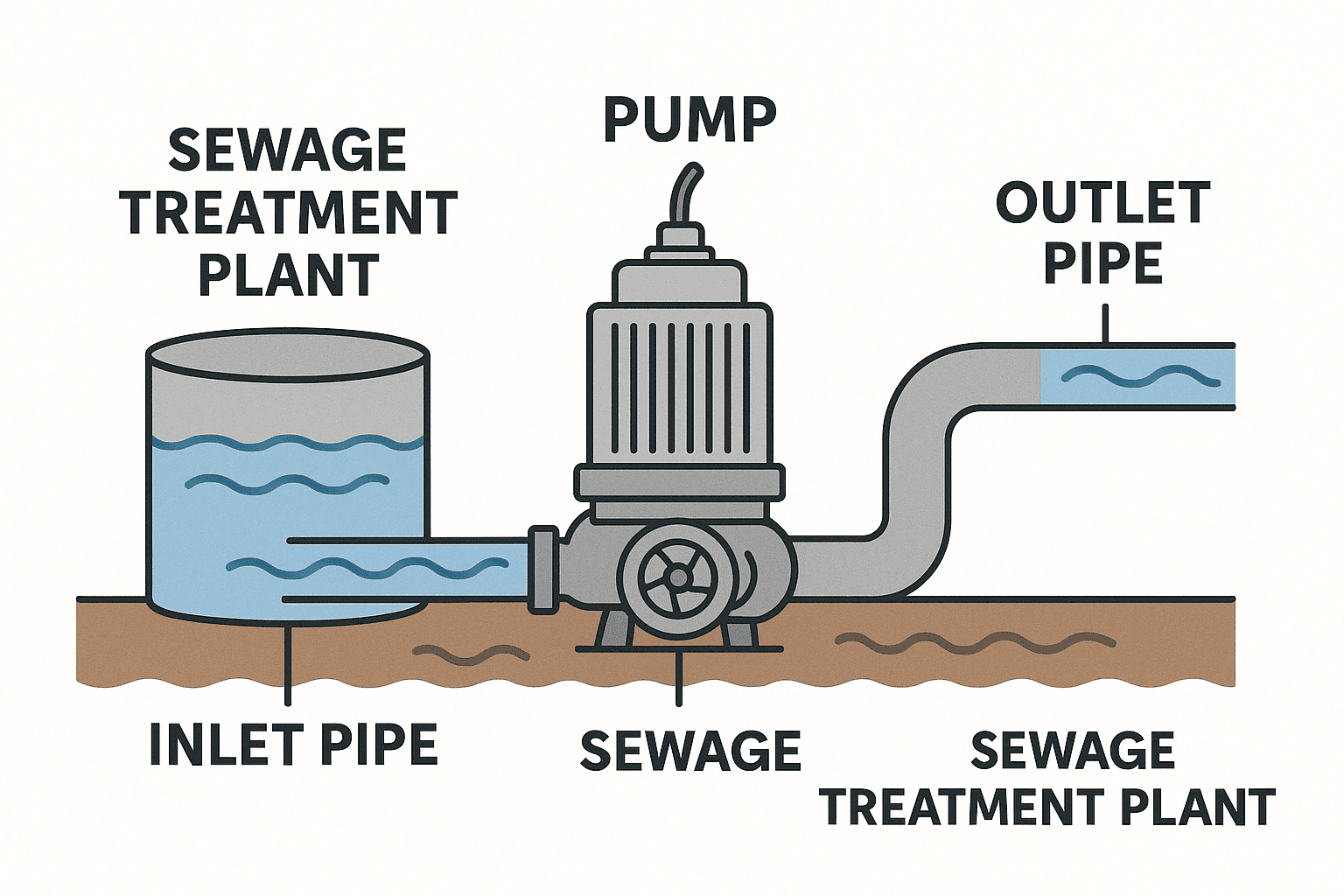Marketing provides numerous benefits to a business, including:
In this article we look at the marketing benefits to SME businesses and importantly how a business should go about achieving them.
- Increased awareness: Marketing efforts can help to increase awareness of a business and its products or services among potential customers.
- Improved customer understanding: By conducting market research and analyzing customer data, businesses can gain a better understanding of their target audience, leading to improved marketing and sales efforts.
- Increased sales: Effective marketing can drive demand for a business’s products or services, leading to increased sales and revenue.
- Better brand recognition: Consistent and well-executed marketing efforts can help to establish a business’s brand and increase recognition among potential customers.
- Improved customer relationships: Marketing efforts that focus on building and maintaining strong relationships with customers can lead to increased customer loyalty and repeat business.
- Competitive advantage: By staying ahead of the curve in terms of marketing trends and consumer behaviour, businesses can gain a competitive advantage in their industry.
Small and medium-sized enterprises (SMEs) can reap many benefits from following a strategic marketing approach, including:
- Increased competitiveness: By having a well thought out marketing plan, SMEs can effectively compete with larger businesses in their industry.
- Better understanding of target audience: A strategic marketing approach helps SMEs to better understand their target audience and tailor their marketing efforts to meet their specific needs.
- Improved brand recognition: Consistent and well-executed marketing efforts can help to increase brand recognition and establish the company as a leader in its industry.
- Increased revenue: Effective marketing efforts can lead to increased sales and revenue for the SME.
- Better allocation of resources: A strategic marketing approach helps SMEs to make informed decisions about where to allocate their resources, such as budget and manpower, to maximize their marketing efforts.
- Better decision making: Having a well thought out marketing plan in place can provide a framework for making informed business decisions, including product development and market expansion.
Marketing Purpose – How “marketing” things have developed
Marketing Purpose over time
Background: Since the global economic challenges and changes of the last twenty years we can no longer continue just doing the “same old same old”. We now need to make sure that marketing benefits are clearly communicated and understood.
Fact: When the sense of purpose is big enough people will do amazing things. Just think of of a major incident and how it can pull people (who previously seemed disparate together) e.g. In the Queensland floods the Premier called for 6,000 volunteers and got 80,000.
The marketing reason provided a common goal that everybody could work towards.
Marketing Purpose – Value and Values
In an interesting book Spend Shift by John Gerzema” following extensive research he observed. “We believe that the future face of capitalism will be defined by delivering value and values” followed by “Those that embrace this reality and adapt will find extraordinary opportunities”
A snapshot of some of the observations
- People have a new found sense of purpose
- 88% of people said that possessions did not have much to do with happiness
- Generosity is now the glue that binds a company and provides marketing purpose
The 6 key elements to marketing purpose
- Authenticity – say and do what you believe in
- Transparency – be transparent in everything that you do
- Clarity – Give simple answers – why make it complicated if it doesn’t need to be
- Trust – Make it easy for people to trust
- Generosity – in an uncertain future we need to be giving not just taking. Some of the issues currently around giving
- Its quite often Ad Hoc so there’s no connection
- Most giving is designed to make people feel guilty, the trouble with this is it’s not sustainable
- Therefore need to make giving habitual, effortless and provide a connection
- Now I will talk more about marketing purpose and generosity in future posts
- Certainty – as in the certainty of outcome ‘Will I get what I expect’
Ambush Marketing And The Law – Be Careful And Stay Out Of Jail
Ambush marketing some classic examples
Ambush marketing is defined by the Macmillan English Dictionary as “a marketing strategy in which a competing brand connects itself with a major sporting event without paying sponsorship fee”. So lets consider some of the real life examples of ambush activities in action
Los Angeles Olympics. For this major sporting event Fuji (the camera manufacturer) were a major official sponsor. There major competitor ran prime time adverts during the Olympics and sponsored a specific team. Classic ambush marketing in that through the advertising it blurred the lines for the customer as to who was the official sponsor
World cup in South Africa and Budweiser the brewer was a main sponsor. Dutch brewer Bavaria performed some very creative (getting 36 very good looking, orange mini clad wearing supporters into key matches – where they got featured on the television. the outfits were designed by Bavaria and later offered for sale.
Atlanta Olympics. The official sponsor for the games was Reebok. Linford Christie the 100 metre runner attended a press conference wearing Puma contact lenses. needless to say the next day in all the newspapers were pictures of Linford Christie with the Puma logo
So while ambush marketing may be seen as
-
-
- Clever – some of the ideas are truly innovative to overcome the various rules and guidelines
- Light hearted – in the case of the beer and contact lenses a definite case of making people smile
- Cheeky – with a David versus Goliath approach of a smaller company taking on an international force
- A great lower cost way of increasing brand awareness,
-
Ambush Health Warning – it may potentially result in brand damage, civil law suits and at worst criminal prosecutions
The Chartered Institute of Marketing have produced a fantastic information booklet which covers both ambush issues and looks at implications of the Olympics act. To find out more about ambush marketing click here
Business presentation – Why 80% of them fail
Reason’s for business presentation failure
Often we develop a business presentation format (content, tone, style, format etc) and expect to be able to replicate delivery of this set presentation. The challenge – You cant deal with everybody the same way
So how does this manifest itself in the business presentation situation
- Firstly – individuals listen / follow differently.
- This is a really simple example “No Problem” could mean there is no problem or could mean “No; Problem” i.e. No we cant do, that it would be a problem. The challenge exists of miss communication where I say one thing and you interpret something completely different
- Listening abilities; apparently we think at 500 words per minute.
- So we start a presentation,
- In presenting ideas the recipient is processing the ideas and information provided and working out what you said.
- During this processing stage they miss some of the key content
- The process of persuasion varies i.e.
- what gets the Financial Director excited, possibly wont excite the Sales & Marketing Director.
- The challenge being “What’s in it for me” and if there are different people involved appealing to them all
Considering the sequence of persuasion in a business presentation
- What is the end game? Are we looking to close the sale or build a relationship. The process of consultative selling will be explored in future articles
- At the attention stage what impression are you creating through your business presentation
- Your business cards – a simple business tool but what does your business card say about you
- Forms of address – polite / aggressive / confident
- The formality that you show – rigid / this is what I want to talk about and nothing will distract me
- The pace of your delivery
- Simple introductory greetings
- Through the interest and desire stages how are we delivering
- Facts and evidence that support our business case
- Emotion and passion
- Interaction
- Once the business presentation has finished what do you want the person to do
- How will you respond to questions
- What support information do you have
- How do you establish the next steps.
- How do you establish that the person has fully understood
Marketing Benefits to Business , Marketing Metrics and Analytics
- Increased brand awareness: Marketing efforts help small and medium-sized businesses increase their visibility and reach a wider audience, leading to better recognition and recall of their brand.
- Lead generation: Marketing strategies can help SMEs attract and convert potential customers into leads, which can then be nurtured into paying customers.
- Customer engagement: Through marketing efforts, SMEs can engage with their target audience and build relationships with customers, leading to increased loyalty and repeat business.
- Competitive advantage: By effectively promoting their products and services, SMEs can differentiate themselves from competitors and stand out in the market.
- Increased sales: The ultimate goal of marketing is to drive sales, and effective marketing campaigns can help SMEs increase revenue and grow their business.
- Cost-effectiveness: Digital marketing offers cost-effective ways for SMEs to reach their target audience, such as through email marketing, social media, and content marketing.
If you would like to know more about marketing benefits to business contact Andrew Goode MBA, MSc, FCIM Click here to arrange a call
Other articles linked with marketing metrics that may provide additional insight. Marketing metrics and analytics, marketing ROI Planning , marketing revenue analytics and Marketing Measurement Metrics and for information on website design Peterborough click here
Disruptive Marketing and its marketing benefit to SME’s
Disruptive marketing, also known as disruptive advertising or disruptive innovation, is a strategy that aims to break through the traditional marketing methods and capture the attention of consumers by presenting a unique and unexpected approach. It involves challenging the established norms, creating a memorable experience, and generating buzz around a brand or product.
For an SME (Small and Medium-sized Enterprise), disruptive marketing can provide several benefits:
- Increased brand visibility: By employing unconventional and attention-grabbing marketing techniques, an SME can generate buzz and increase its brand awareness in a crowded marketplace.
- Differentiation from competitors: Disruptive marketing allows an SME to stand out from the competition by presenting its products or services in a distinctive way. It helps create a unique selling proposition and sets the brand apart.
- Engaging the target audience: Disruptive marketing campaigns often aim to connect with consumers on an emotional level, sparking their curiosity and interest. This engagement can result in increased customer loyalty and brand advocacy.
- Cost-effective marketing: Disruptive marketing doesn’t necessarily require a significant financial investment. SMEs can leverage social media, viral marketing, guerrilla tactics, or unconventional partnerships to create a buzz without breaking the bank.
To effectively use disruptive marketing, SMEs can consider the following strategies:
- Creativity and innovation: Embrace unconventional ideas and approaches to marketing. Think outside the box and challenge traditional industry practices to create a disruptive campaign that captures attention.
- Understand the target audience: Research and understand your target market thoroughly. Identify their preferences, interests, and pain points, and design a disruptive marketing campaign that resonates with them.
- Utilise social media and online platforms: Leverage the power of social media channels and online platforms to spread your disruptive marketing message. Engage with your audience, encourage user-generated content, and create viral campaigns.
- Focus on storytelling: Create a compelling narrative that communicates your brand’s values, vision, or mission. Craft a story that resonates with your target audience and evokes emotions to establish a deeper connection.
- Embrace partnerships and collaborations: Collaborate with other brands or influencers that align with your values and target audience. Joint ventures or unconventional partnerships can amplify your disruptive marketing message and reach a wider audience.
- Measure and adapt: Track the performance of your disruptive marketing campaigns and adjust your strategy based on the results. Analyse metrics such as engagement, reach, conversions, and customer feedback to refine your approach and optimize future campaigns.
Remember, disruptive marketing requires careful planning, creativity, and an understanding of your target audience. By taking a bold and unconventional approach, SMEs can create a memorable brand presence and gain a competitive edge in the market.














